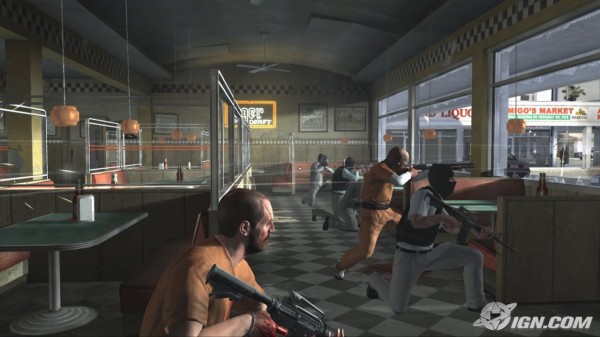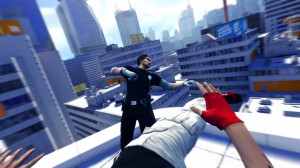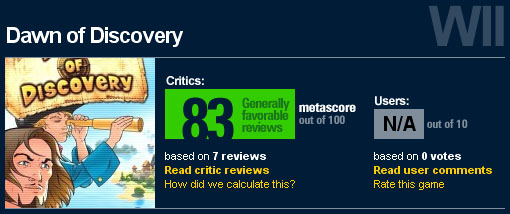Following in the footsteps of the No Murder blogpost comes another tale of immersion.
This time it’s about Kane & Lynch: Dead Men, a third-person shooter where you take on the persona of ex-mercenary Kane. Be warned that this post may contain some spoilers for the game’s story.

The game opens up with a cinematic of Kane sitting in Death Row writing a letter. While he’s waiting for death he tries to open up to his estranged daughter whom he supposedly hasn’t seen for a long time. Kane is repentant and has accepted his fate. It seems as if he’s made peace with himself.
This is all quite well done, even if the drama is layed on a bit thick, and helped me identify with the character. Kane felt like a complex and believable person and not a two dimensional action hero. Just what you want from a gritty crime story. It was a great beginning to the game and story.
So Kane finishes his letter and gets onto the armored transport to his execution. Just to have a group of mercenaries stop the convoy and free him (including his fellow inmate Lynch). In the confusion and chaos the player can take control for the first time.
Under fire from a variety of cops, Kane is led to temporary safety and given a gun. The rest of the level consists of back alley chases and shootouts with the police until at the very end the gangsters are holed up in a donut shop waiting for their getaway vehicle.
And right there the immersion broke for me because when my version of Kane crawled out of the ruins of the wrecked armored car, he was still a repentant criminal. I (as a player) just didn’t want to shoot at the police. I wanted to get away without killing anyone. And I did manage to stay in cover and evade them (and have my allies mow them down without regret). At least until the scene with the Donut Shop.
Again my image of the protagonist as the narrative had presented him to me was diverging from the game mechanics. My Kane was not a peaceful man and he’d have no qualms about gunning down “bad guys” but he wouldn’t shoot cops. The problem though is that the game forces you to kill cops. A LOT of them. Almost the entire first half of the game is entirely made up of firefights with the police.
After playing Mirror’s Edge peacefully I actually surprised myself by taking the “no cops” stance in Kane & Lynch without really thinking about it. Normally I have no problem gunning down anything that moves as I’m an avid shooter player. Not so here though. My guess is that the game immersed me to such a degree that I wanted to get in character and act like the protagonist. Or at least my vision of him. Either that’s a compliment to the storytelling quality or it’s a holdover after having played Mirror’s Edge before… Or I’m just getting old and soft.
Regardless the reason I did in fact enjoy this experience until the break. I guess it’s not unlike when I’m playing a role-playing game. When I get into character I take actions that are in line with the personality of my protagonist and the narrative as a whole. Often these actions are not the best ones from a game-mechanics point of view. In RPGs I take this sort of behavior for granted but it doesn’t seem to happen that often in Video Games.
Now did you ever experience something similar?




